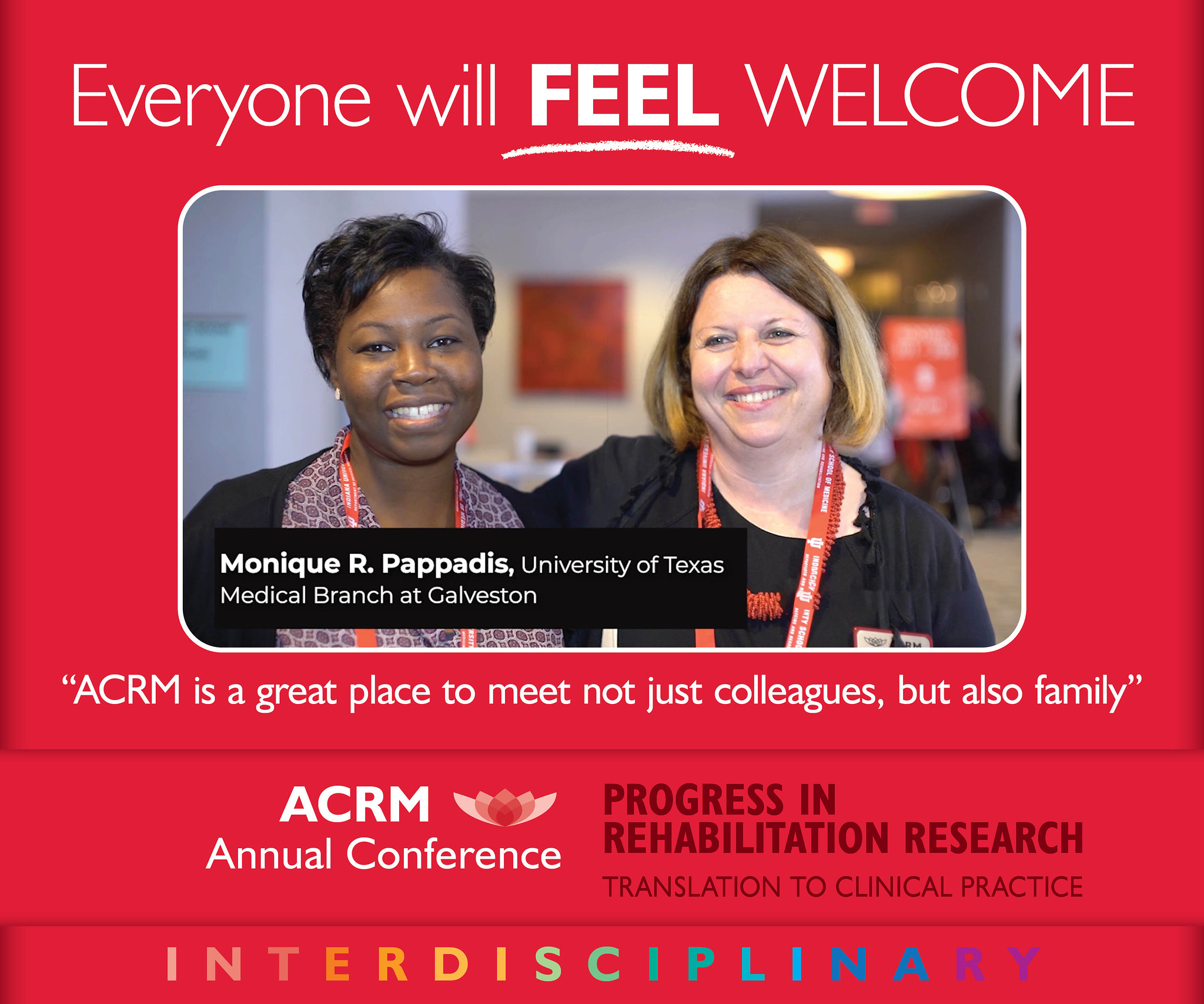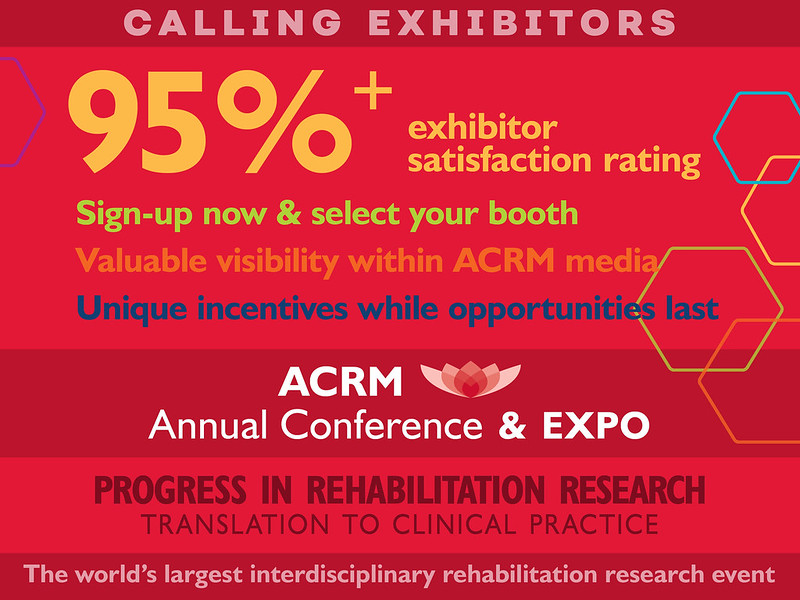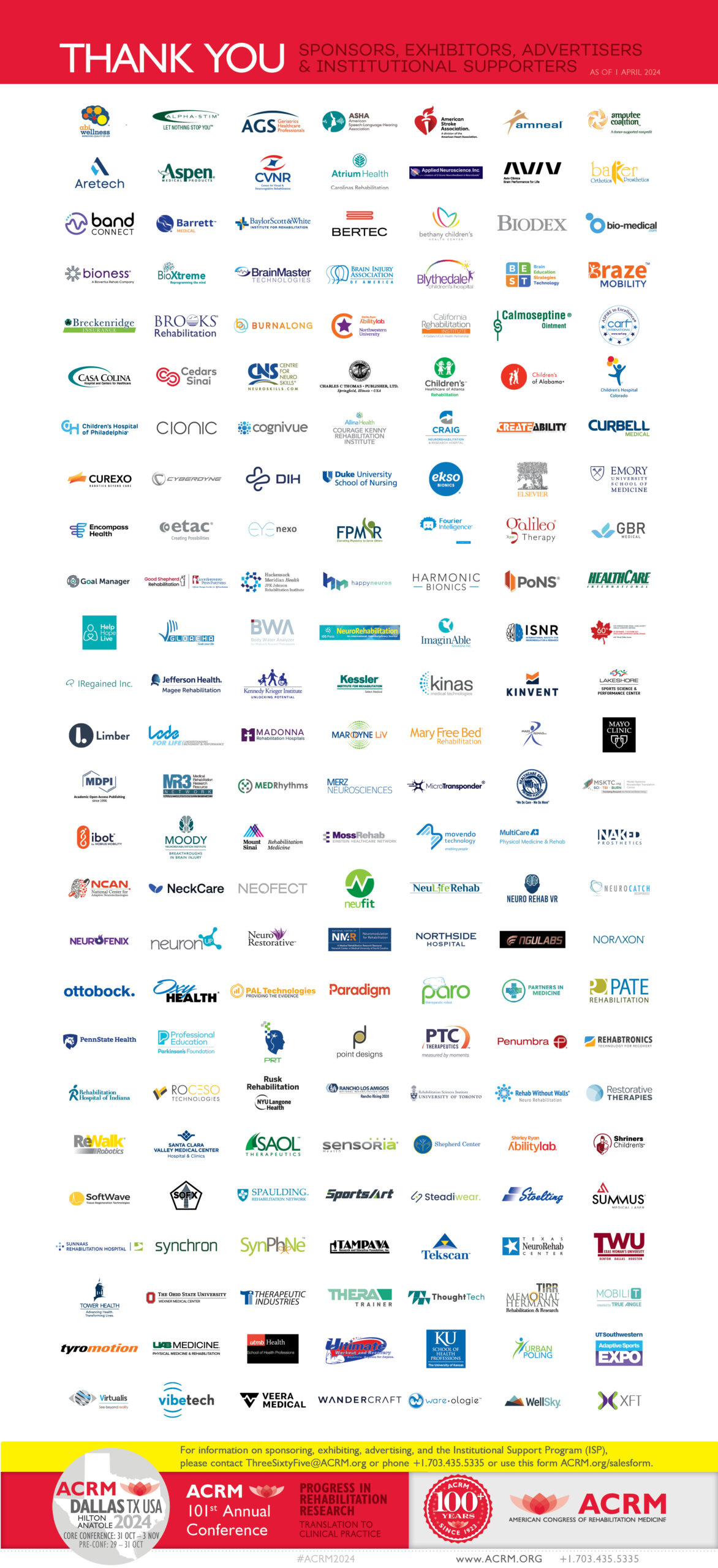As a medical professional, you’re well aware of the many ways that art and neuroscience overlap and support each other. Perhaps you’ve even done rehabilitation research on the role of art in recovery and how it can help.
We want to hear it.
Here at the American Congress of Rehabilitation Medicine, we’re dedicated to performing rehabilitation research, continuing education for nurses, improving medical research journals, and providing outlets for medical networking. Your research could be vital.
If you’ve done rehabilitation research concerning the arts and neuroscience, then the Arts & Neuroscience Networking Group is for you. Learn the benefits of joining ACRM, and join today — you’ll have a network of medical professionals who can all learn from your rehabilitation research.
As a medical professional, you can have a lot of sway in what your patients do during their recoveries. For brain injury rehabilitation, stroke rehabilitation, cognitive rehabilitation, and more, incorporating art can be instrumental. Read on to learn six different ways to do so.
Visit An Art Museum
Your patient’s local art museum will stimulate their brain and help them to think creatively. With so many different exhibits, displays, and activities at museums, there’s sure to be something to pique their interest and help activate brain activity.
Participate In An Art Class
We’ve previously discussed how painting benefits the brain, but there are multiple reasons for attending an art class. Your patient will experience increased socialization and also develop a new skill. Painting would be a wonderful class, but so would pottery, weaving, sculpting, or jewelry making.
Make Art At Home
If regularly attending an art class outside of the home is unfeasible for whatever reason, then go ahead and have your patient make art at home! This will give them a sense of pride, help strengthen their memory, and improve motor skills.
Go To A Performance
After a traumatic brain injury, stroke, or another injury, another positive way to incorporate the arts into healing is through attending performances. Encourage your patient to find a theatrical performance, concert, or symphony they would like and to attend. This could inspire them to create performances of their own or to develop a new skill, all while engaging their brain in a unique activity.
Enroll In A Dance Class
A dance, aerobics, or fitness class is an excellent form of rehabilitation because it involves both movement and music. Your patient will be able to combine the two and make leaps and bounds in their brain injury rehabilitation, stroke rehabilitation, or other rehabilitation needs.
Listen To Music
Studies show that music can play a large role in rehabilitation. Your patients can use it to reduce anxiety and decrease pain, and they can also use it to improve concentration, memory, mood, and even sleep quality.
Do you have rehabilitation research on the effects of arts on the brain? Did we miss something on this list? Join ACRM today for medical networking and to contribute to our rehabilitation research.












